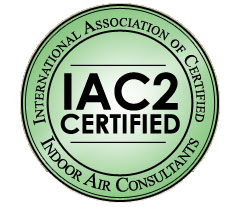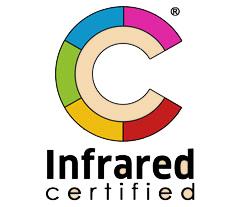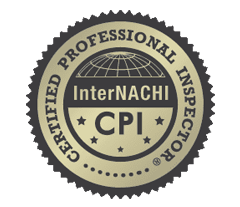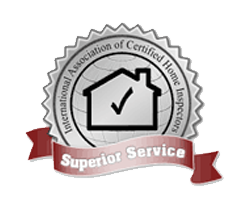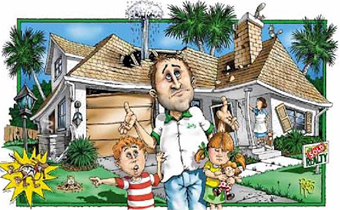If you have musty odours, humidity issues, damp basement, water damage or visible mold in your home, then you likely may have mold issues in your home. Most often, mold is not visible in the home but our Certified Mold Inspectors can help determine if there are mold issues present.
Can Mold Become a Problem in My Home?
Mold growth may occur in your home if there is sufficient moisture because mold spores are everywhere. Be on the lookout for these common sources of moisture:
- Flooding
- Roof leaks
- Plumbing leaks, drainage problems
- Damp basements and crawl spaces
- Leaking basements and crawl spaces due to cracked foundations or grading problems
- Steam from the bathroom or kitchen
- Condensation resulting from poor or improper insulation or ventilation
- Humidifiers
- Wet clothes drying inside the home or a clothes dryer venting indoors
- Poor or improper ventilation of combustion appliances
Indications of a moisture problem may include discoloration of the ceiling or walls, warping of the floor, or condensation on the walls or windows. The key to preventing mold growth is to control all moisture problems.
Ten Things You Should Know About Mold:
- Potential health effects and symptoms associated with mold exposures include allergic reactions, asthma, and other respiratory complaints.
- There is no practical way to eliminate all mold and mold spores in the indoor environment; the way to control indoor mold growth is to control moisture.
- If mold is a problem in your home or school, you must clean up the mold and eliminate sources of moisture.
- Fix the source of the water problem or leak to prevent mold growth.
- Reduce indoor humidity (to 30-60%) to decrease mold growth by:
- venting bathrooms, dryers, and other moisture-generating sources to the outside;
- using air conditioners and de-humidifiers;
- increasing ventilation;
- and using exhaust fans whenever cooking, dishwashing, and cleaning.
- Clean and dry any damp or wet building materials and furnishings within 24-48 hours to prevent mold growth.
- Clean mold off hard surfaces with water and detergent, and dry completely. Absorbent materials such as ceiling tiles, that are moldy, may need to be replaced.
- Prevent condensation: Reduce the potential for condensation on cold surfaces (i.e., windows, piping, exterior walls, roof, or floors) by adding insulation.
- In areas where there is a perpetual moisture problem, do not install carpeting (i.e., by drinking fountains, by classroom sinks, or on concrete floors with leaks or frequent condensation).
- Molds can be found almost anywhere; they can grow on virtually any substance, providing moisture is present. There are molds that can grow on wood, paper, carpet, and foods.


